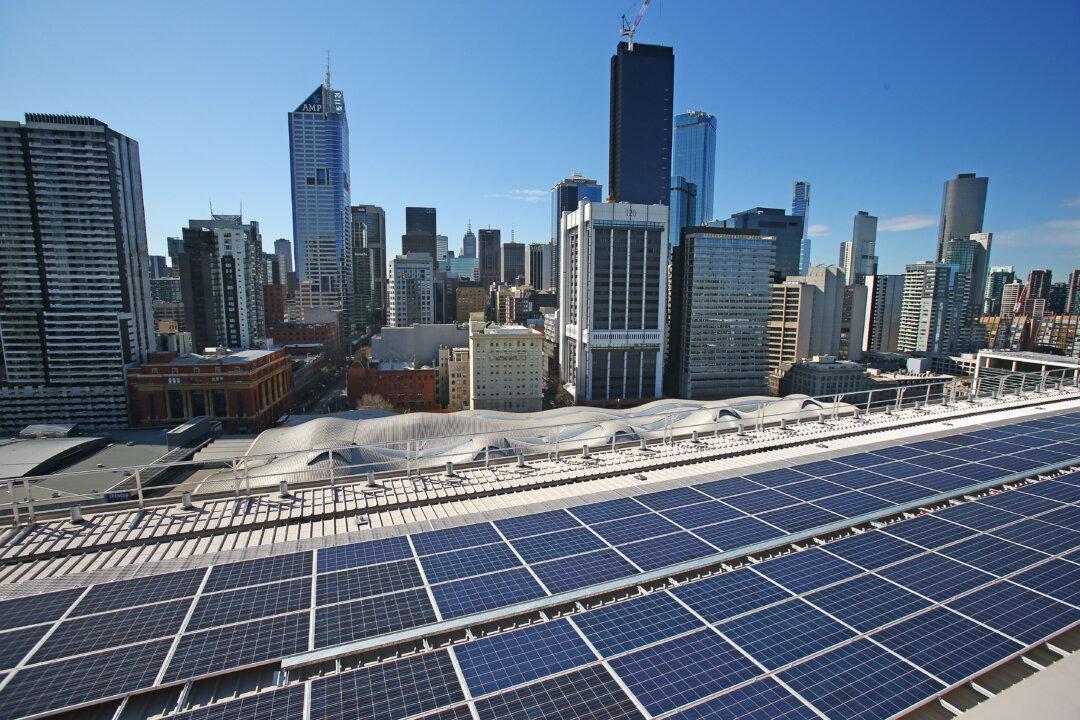Commentary
The International Energy Agency (IEA) is again demonstrating its usefulness in creating whips for Western governments to flagellate themselves with.

The International Energy Agency (IEA) is again demonstrating its usefulness in creating whips for Western governments to flagellate themselves with.